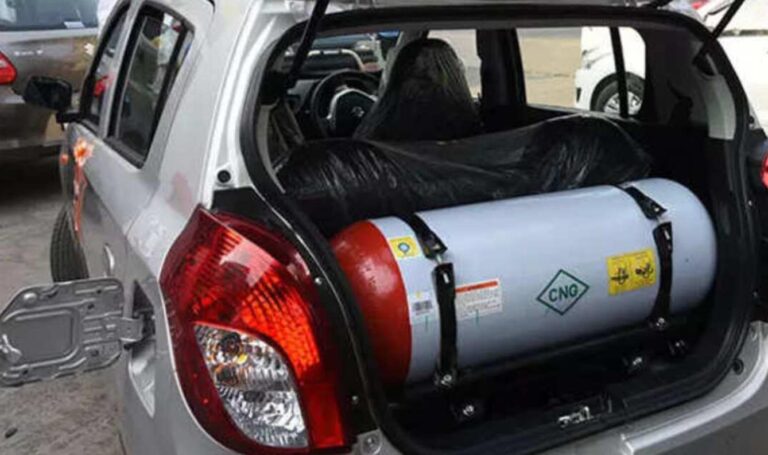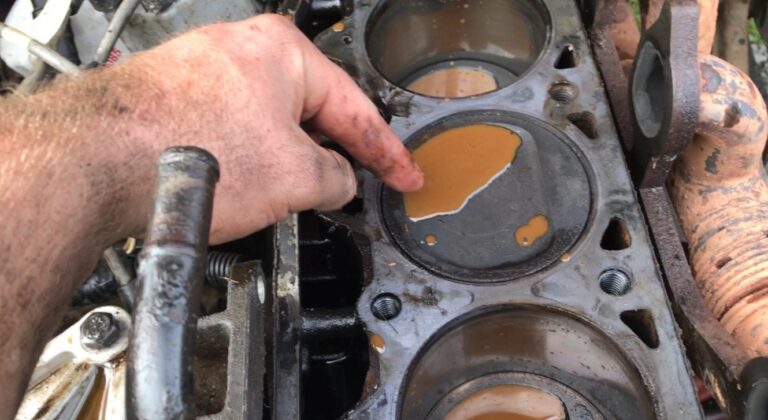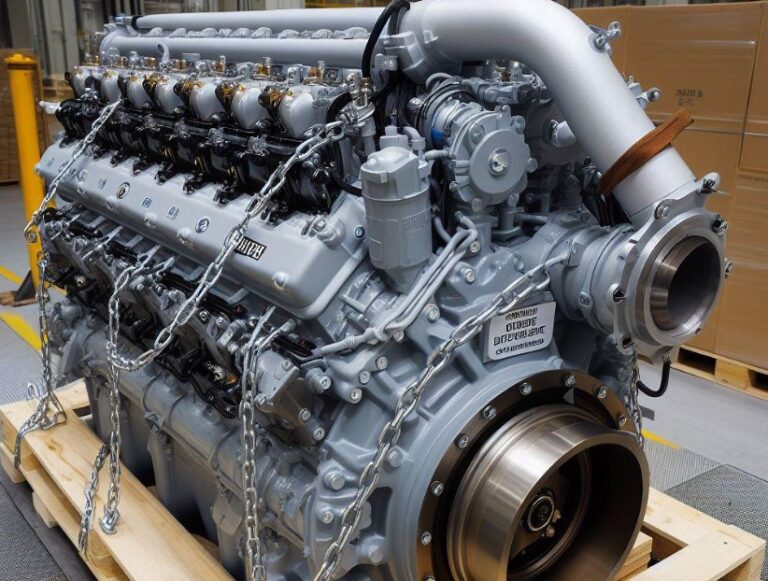Are All Jeep 4.0 Engines The Same? A Comprehensive Guide
Jeep’s 4.0-liter inline-six engine has a legendary status among enthusiasts, known for its durability and longevity. But Are All Jeep 4.0 Engines The Same? This question often surfaces among Jeep owners and prospective buyers. The straight answer is no; while they share a common design, there are subtle differences across various models and years that affect performance and compatibility.
Key Takeaways
- Not all Jeep 4.0 engines are identical; variations exist across different models and production years.
- The engine underwent several updates to improve efficiency, emissions, and power output.
- Compatibility issues may arise when swapping engines due to changes in sensor types and placements.
Are All Jeep 4.0 Engines The Same?
No, not all Jeep 4.0 engines are the same. While they share a common design, there are variations and updates across different model years and vehicle applications that can result in differences in performance, parts, and reliability.
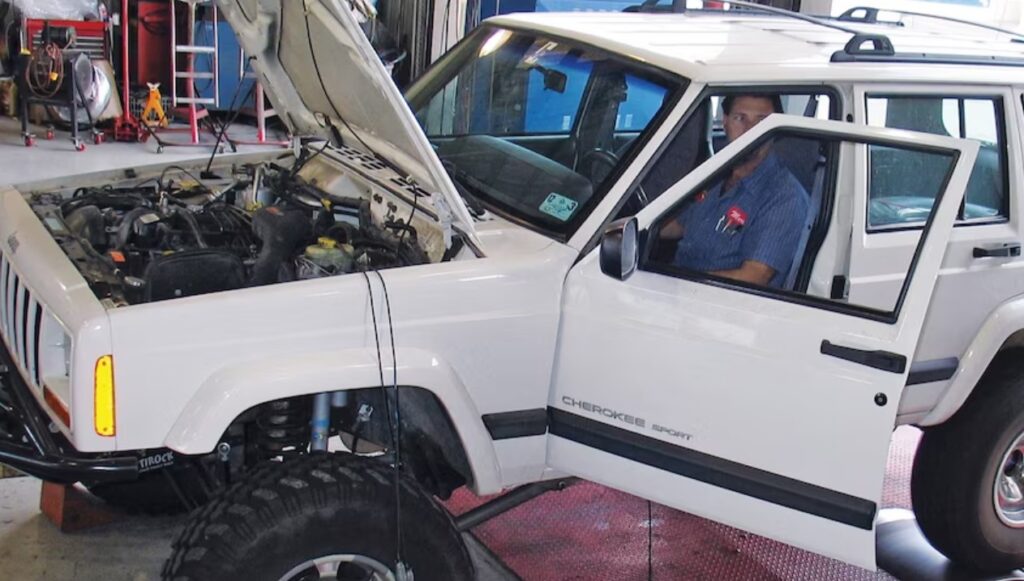
Evolution of the Jeep 4.0 Engine
The Jeep 4.0 engine’s journey began with its introduction in the 1987 model year. It was a time when fuel injection was not yet a standard, and the engine featured a Renix fuel injection system. As technology advanced, so did the engine. In 1991, it transitioned to Chrysler’s control with a more advanced engine management system, marking the first significant change.
Early Renix Injection System
The early models with the Renix system are distinct from their successors. They had different sensor arrangements and fewer electronics, which can be a consideration for those looking to swap engines.
Transition to Chrysler Engine Management
With Chrysler’s takeover, the engine received an OBD-I management system, leading to improvements in fuel delivery and ignition timing. This change also introduced new sensors and diagnostic capabilities.
Performance and Efficiency Enhancements
Throughout the 1990s, the Jeep 4.0 engine continued to evolve. The focus was on enhancing power output while meeting stricter emission standards. In 1996, the introduction of the OBD-II system brought about significant changes in exhaust design and engine electronics.

High Output Variations
The High Output (HO) version of the engine debuted in the early ’90s, boasting a higher compression ratio and an improved cylinder head design. This variant provided a noticeable increase in horsepower and torque.
Meeting Emission Standards
To comply with emission regulations, Jeep introduced changes such as a new intake manifold, exhaust manifold, and improved fuel injectors. These modifications not only reduced emissions but also marginally improved performance.
Compatibility and Swapping Concerns
One of the most discussed aspects of the Jeep 4.0 engine is its compatibility across different Jeep models. Engine swaps are common in the Jeep community, but they are not always straightforward due to the variations in engine sensors and mounts.
Sensor Types and Placements
The type and placement of sensors, such as the crankshaft position sensor, varied throughout the years. These differences can lead to compatibility issues during engine swaps.
Engine Mounts and Transmission Pairings
Engine mounts and bellhousing patterns changed, especially with the introduction of new transmissions. It’s crucial to ensure compatibility between the engine and transmission for a successful swap.
Reliability and Common Issues
The Jeep 4.0 engine is renowned for its reliability. However, like any engine, it has its common issues. Understanding these can help owners and buyers make informed decisions.

Known Issues and Maintenance
Some known issues include exhaust manifold cracking, oil leaks, and cooling system problems. Regular maintenance and timely repairs can mitigate these issues and extend the engine’s life.
Longevity and Durability
Despite the potential problems, the Jeep 4.0 engine is known for reaching high mileage with proper care. Its cast iron construction contributes to its durability.
Modifications and Aftermarket Support
The aftermarket for the Jeep 4.0 engine is vast, with numerous options for upgrades and modifications. This support allows owners to customize their engines for better performance or specific applications.
Performance Upgrades
From cold air intakes to performance camshafts, there are numerous ways to enhance the engine’s power and efficiency.
Off-Road and Custom Builds
The engine’s robust design makes it a popular choice for off-road builds and custom projects. Aftermarket support includes heavy-duty components and conversion kits.
In-Depth Exploration of Jeep 4.0 Engines

Refinement Over the Years
As the Jeep 4.0 engine matured, it underwent refinements that subtly changed its character. These refinements were not just about power; they were about creating a more civilized and user-friendly engine. The late 90s and early 2000s saw the engine receive better engine blocks and improved pistons, which helped reduce noise, vibration, and harshness (NVH) levels.
NVH Improvements
Jeep’s engineers worked diligently to improve the daily driving experience of the 4.0 engine. By the late 1990s, the engine had received new design pistons, a stiffer block, and a revised harmonic balancer to reduce NVH.
These improvements made the engine smoother and quieter, enhancing the overall comfort of the driving experience.
Enhanced Engine Blocks
The engine blocks were revised to increase rigidity and reduce the likelihood of cracking under stress.
This was particularly important for drivers who pushed their Jeeps to the limits on rugged terrain. The enhanced blocks also contributed to the overall longevity of the engine, maintaining Jeep’s reputation for building tough, durable engines.
The Impact of Regulations
Environmental and safety regulations have always influenced automotive design, and the Jeep 4.0 engine is no exception.
As the years progressed, stricter regulations necessitated changes that would keep the engine compliant without sacrificing its core attributes.
Emissions Control
The turn of the millennium brought about more stringent emissions standards. Jeep responded by incorporating better catalytic converters and advanced engine control units (ECUs) to manage emissions more effectively.
These changes ensured that the Jeep 4.0 engine could meet the environmental standards of the day while continuing to provide reliable performance.
Safety Enhancements
Safety regulations also played a role in the engine’s evolution. Components such as the fuel rail were upgraded to reduce the risk of fire in the event of an accident.
These safety enhancements were subtle but crucial in ensuring that the Jeep 4.0 engine was not only powerful and reliable but also safe for consumers.
The Final Years
In the final years of production, the Jeep 4.0 engine had reached a pinnacle of development. It was now a well-rounded powerplant that had been refined through years of incremental improvements.
The Last Upgrades
Before being phased out in favor of newer engine designs, the Jeep 4.0 received its final upgrades. These included better engine mapping for improved fuel economy and a more responsive driving experience.
Even as it neared the end of its production run, the engine continued to receive attention to detail that kept it competitive.
The End of an Era
The discontinuation of the Jeep 4.0 engine marked the end of an era for Jeep enthusiasts. It represented a shift in automotive technology and consumer expectations. However, the legacy of the 4.0 lives on, as it set the benchmark for reliability and performance in the Jeep lineup.
Aftermarket and Community Support
Even after its production ended, the Jeep 4.0 engine has remained a favorite in the aftermarket community. The engine’s simplicity and robustness make it an ideal candidate for customization and modification.

Aftermarket Parts Availability
The availability of aftermarket parts for the Jeep 4.0 engine is extensive. Enthusiasts can find everything from basic maintenance parts to high-performance upgrades.
This ease of finding parts ensures that the 4.0 engine can be kept running strong for many years to come.
A Dedicated Community
The community surrounding the Jeep 4.0 engine is passionate and knowledgeable. Online forums and clubs are filled with enthusiasts who share tips, tricks, and advice for keeping these engines at their best. This community support is invaluable for both new and experienced Jeep owners.
Looking to the Future
While the Jeep 4.0 engine is no longer in production, its influence can be seen in the design of modern engines. Its principles of durability and reliability continue to be a benchmark for engine design.
Legacy and Influence
The design philosophies that made the Jeep 4.0 engine great have been carried forward into new generations of engines. Modern Jeep engines aim to capture the same toughness and longevity that the 4.0 was known for.
Technological Advancements
Today’s engines benefit from advancements in technology that were just beginning to be introduced in the final versions of the 4.0.
Direct injection, variable valve timing, and turbocharging are all technologies that have taken the principles of the 4.0 and brought them into the modern era.
What Was The Last Year Of The 4.0 Jeep Engine?
The Jeep 4.0L engine, a staple of reliability and performance for the brand, saw its production come to an end in 2006. This marked the closing of a significant chapter in Jeep’s history, as the engine had been a beloved component of its lineup since its introduction.

The 2007 Jeep Wrangler was the first model to debut without the iconic 4.0L engine, transitioning instead to a 3.8L V-6, which was notably different in both design and origin, being derived from a minivan engine.
This shift was largely driven by the need for more efficient and environmentally friendly engines that could meet the stricter emissions standards of the time.
Despite its discontinuation, the Jeep 4.0L engine remains a legend among enthusiasts, celebrated for its robustness and the high mileage it could endure without significant issues.
The decision to end its production was met with some disappointment from the Jeep community, who had come to appreciate the engine’s straightforward design and reliable performance over the years.
What Jeeps Have The Old 4.0 6 Cylinder?
The venerable 4.0L inline-six engine was a mainstay in several Jeep models over the years, earning a reputation for its durability and power. This engine was first introduced in the 1987 Jeep models, specifically the Cherokee and Comanche, and it continued to be a part of the Jeep family for nearly two decades.

Throughout its lifespan, the 4.0L engine was included in the Jeep Cherokee (XJ), the Jeep Wrangler (TJ), and the Jeep Grand Cherokee (ZJ, WJ), with each model benefiting from the engine’s reliable performance.
The Jeep Wrangler TJ was the final model to house this engine, showcasing its longevity and the brand’s commitment to this powertrain.
The engine’s design was so robust that it was only slightly modified throughout its years of service, maintaining the core characteristics that made it popular among Jeep enthusiasts.
Its discontinuation in 2006 marked the end of an era for the Jeep brand, with many fans still seeking out these older models for the classic 4.0L engine’s well-known reliability and the simplicity of its maintenance.
What Engines Will Fit In A Jeep TJ?
The Jeep TJ, known for its robustness and versatility, can accommodate a variety of engines. Originally, it came with either a 2.5L four-cylinder or a 4.0L six-cylinder engine. However, enthusiasts often explore engine swaps to enhance performance.
Popular options include the GM LS series, the Ford 5.0L V8, and even the more modern 3.6L Pentastar V6. Each of these engines offers a unique blend of power and reliability, appealing to different types of drivers and their needs.
The choice of engine will depend on factors such as the desired power output, budget, and compatibility with the existing transmission and drivetrain.
It’s essential to consider the modifications required for each engine swap, as they may involve significant changes to the motor mounts, transmission, and electronics.
Do Wranglers And Cherokees Have The Same Engine?
Jeep Wranglers and Cherokees share a piece of their engine history – the iconic 4.0L inline-six engine, renowned for its durability and power.
This engine was a common thread between the Wrangler (TJ) and the Cherokee (XJ) models for several years.

However, it’s important to note that while they share the same engine type, there are variations in different model years that could affect interchangeability.
For instance, changes in engine management systems and emissions equipment over the years mean that a direct swap isn’t always straightforward.
Therefore, while the engine block might be the same, the ancillaries and setup may differ, requiring additional adjustments for a proper swap.
Do All Jeep 4.0 Long Blocks Interchange?
The Jeep 4.0L long block engines are known for their interchangeability across various Jeep models, which is a testament to their design consistency.
However, “interchangeable” does not mean “identical.” While the fundamental block and internal components remained similar throughout its production, there were updates and changes over the years, especially concerning the cylinder head and the engine’s electronics.
For example, the transition from OBD-I to OBD-II in the mid-1990s introduced significant changes to the engine’s computer systems.
Therefore, when considering an engine swap or replacement, it’s crucial to match the model year and the specific vehicle’s electronics to ensure compatibility.
Conclusion
In conclusion, while the Jeep 4.0 engines share a foundational design, they are not all the same. Variations in engine management systems, emissions equipment, and performance upgrades contribute to a range of differences.
The Jeep 4.0 engine remains a versatile and enduring icon in the automotive world, with a strong following and extensive aftermarket support. Its legacy continues to influence the design and development of engines today.
Top FAQ’s
What are common issues with Jeep 4.0 engines?
Jeep 4.0 engines are known for their durability, but they can have issues with exhaust manifold cracking, oil leaks, and, in some cases, cooling system problems leading to overheating. Regular maintenance and checks can mitigate these issues.
How can I improve the performance of my Jeep 4.0 engine?
Performance can be enhanced by upgrading the intake and exhaust systems, installing a high-flow air filter, and using a performance chip to optimize the engine’s computer settings.
Are there any known defects in Jeep 4.0 engines?
One well-documented defect is the cracking of the 0331 cylinder head in models made between 2000 and 2001. This can lead to coolant leaks and engine failure if not addressed.
Can I swap a Jeep 4.0 engine into another vehicle?
Yes, the Jeep 4.0 engine is popular for swaps due to its simplicity and power. It’s commonly swapped into other Jeeps, and with the right modifications, into other vehicles.
How long do Jeep 4.0 engines typically last?
With proper maintenance, these engines can last well over 200,000 miles. Some have even surpassed 300,000 miles without major rebuilds.

Welcome to the exhilarating world of Matt Rex, a professional car racer turned renowned vehicle enthusiast. Immerse yourself in his captivating blog as he shares heart-pounding adventures, expert reviews, and valuable insights on cars, trucks, jets, and more. Fuel your passion for speed and discover the beauty of vehicles through Matt’s engaging stories and meticulous expertise. Join the ever-growing community of enthusiasts who find inspiration and expert advice in Matt Rex’s blog—a digital hub where the thrill of speed meets the pursuit of knowledge.


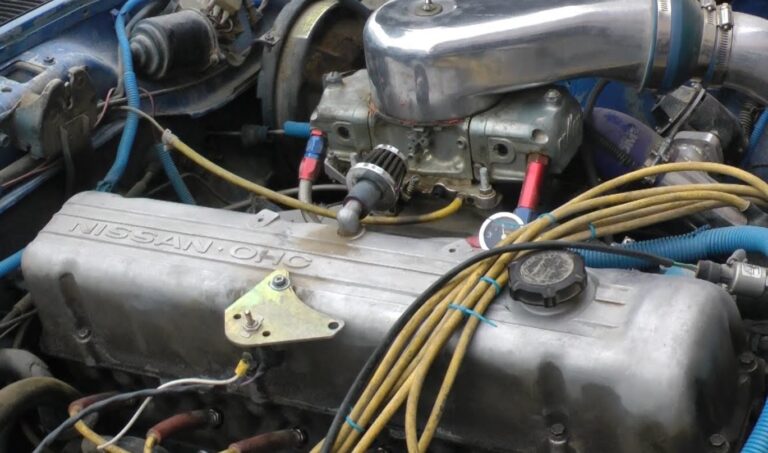
![Cummins Bad Fuel Control Actuator Symptoms [How To Diagnose?]](https://www.turbochaos.com/wp-content/uploads/2023/12/Cummins-Bad-Fuel-Control-Actuator-Symptoms-768x660.jpg)
